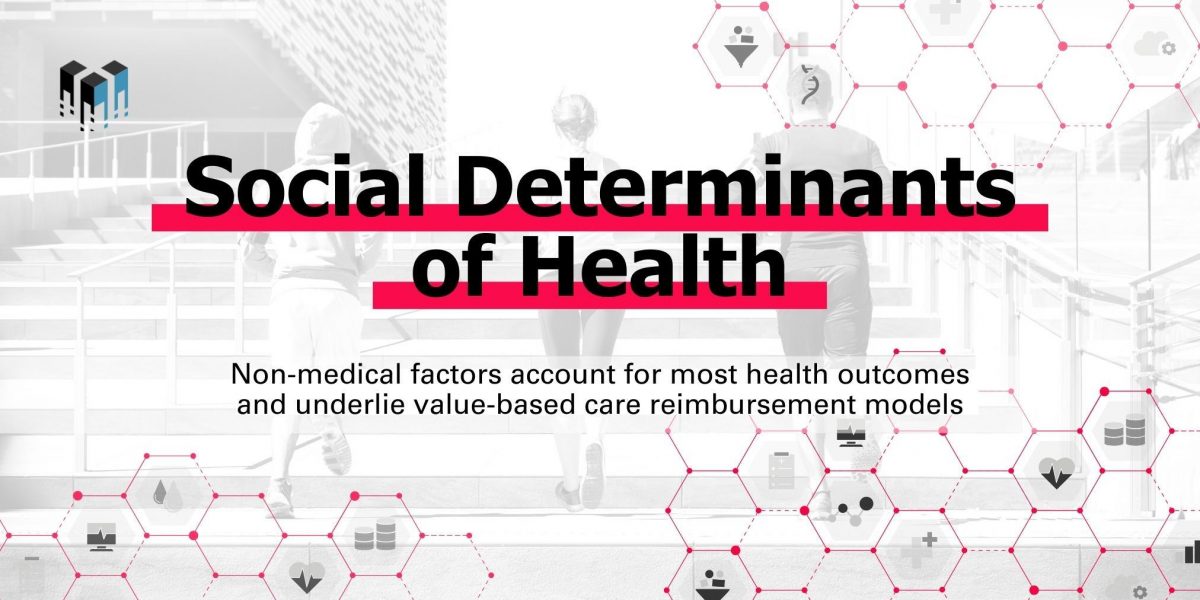If you’ve been participating in conversations about healthcare policy and reimbursement in the US, you know social determinants of health are an area of intense focus.
If you haven’t been part of those conversations, this post is for you.
At HDM’s recent quarterly conference, our team members came together (virtually) to discuss our company’s strategic roadmap and learn a bit about this hot topic.
Key takeaways:
- HDM’s vision of moving healthcare forward with better data and tools that empower patients + providers will require integrating data from many sources to give care teams with the information they need to provide holistic care and support strong outcomes.
- Health outcomes depend mostly on things that happen outside of medical supervision, but payment models give increasing weight to those same hard-to-control outcomes, which can unintentionally exacerbate health disparities.
- SDOH intersections with health equity are giving policy makers, providers, and payers a lot to consider as they seek to align incentives.
- Moves toward accountable care, value-based care, and other outcomes-based models will continue to increase awareness of and emphasis on SDOH.
- Integrating SDOH data into EHR configuration and workflows presents a lot of technical challenges, and HDM’s interoperability experts are well positioned to help our clients solve them.
More detail from the SDOH presentation follows.
SDOH defined
Social determinants of health (SDOH) are the factors in people’s lives outside the medical system that affect their health. This important concept is characterized in many ways, but we like the World Health Organization’s definition:
“[SDOH are] the conditions in which people are born, grow, live, work and age. These circumstances are shaped by the distribution of money, power, and resources at global, national, and local levels.”
Medical care accounts for just 10-40% of health outcomes. The other 60-90% is determined by socioeconomic factors, health-related behaviors, and environmental factors. SDOH also determine access to and quality of medical care.
SDOH examples
The conditions in which people live, learn, work, and play are usually divided into several SDOH domains and are often discussed in terms of access and obstacles. Typical examples:
- Financial resources
- Housing stability/quality
- Food/nutrition security
- Education, employment
- Transportation needs
- Social connections
- Stress
- Tobacco use, alcohol use
- Depression, postpartum depression
- Intimate partner violence
- Physical activity
- Language
- Environmental factors: air/water quality
How can we help our clients?
HDM has done extensive configuration and integration work relevant to SDOH:
- ACOs, FQHCs, PHSOs, and lots of other acronyms
- Care coordination and case management
- Risk score calculation and documentation
- Reporting and analytics for evidence-based interventions
- Patient outreach automation
- Questionnaires and support related to smoking cessation
- Data conversion of non-discrete social history from legacy systems
Connect with us on LinkedIn
More about Inc. 5000 and Best in KLAS

